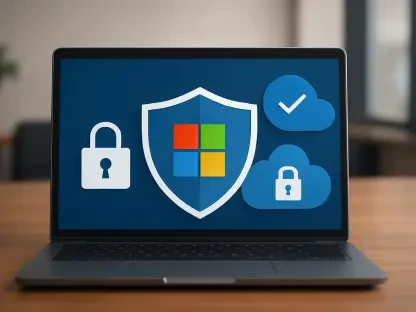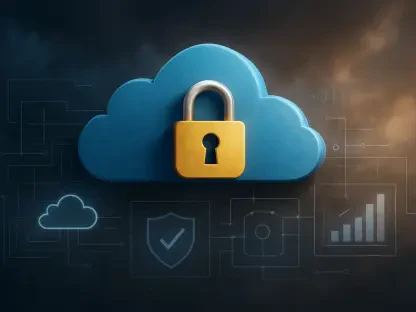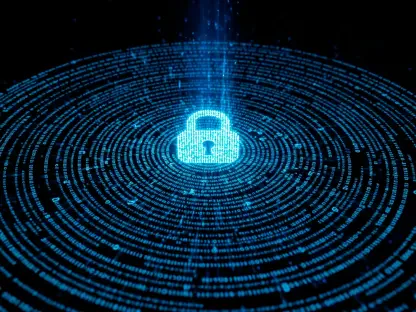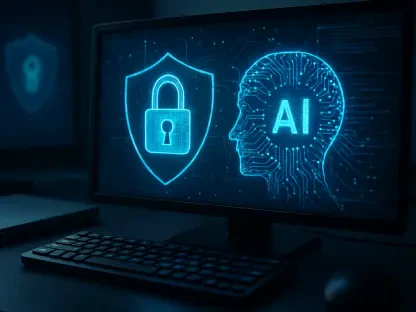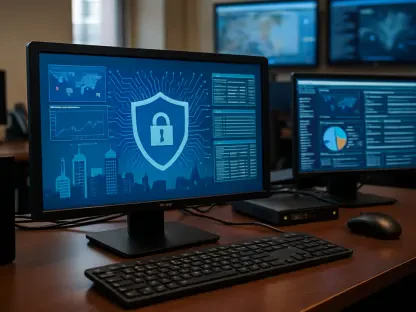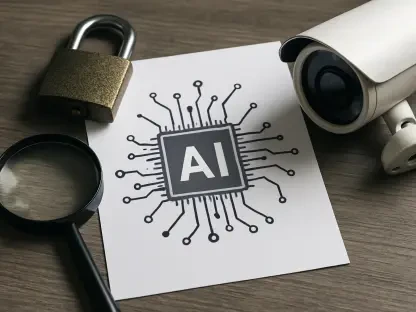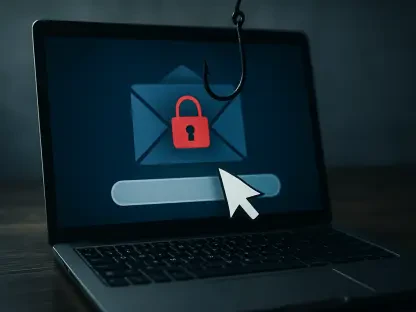In today’s digital age, internet-connected cameras play a crucial role in enhancing surveillance and security systems across various sectors. These devices offer real-time monitoring and data-sharing capabilities, making them indispensable tools for security professionals. However, the widespread adoption of internet-connected cameras has raised significant cybersecurity concerns. The vulnerabilities inherent in these devices have become an attractive target for hackers, leading to increased risks of unauthorized access and data breaches. As surveillance technology becomes more integrated into everyday life, understanding these vulnerabilities is essential to ensuring robust security measures are in place.
The Core of Internet-Connected Cameras
Internet-connected cameras, also known as IP cameras, operate by transmitting video data over the internet. These devices typically comprise lenses, image sensors, and network interfaces that facilitate connectivity with cloud-based platforms and local networks. The integration of these components allows for seamless monitoring, real-time alerts, and easy access to footage from anywhere in the world. In modern technological ecosystems, such cameras are pivotal in enhancing security in homes, businesses, and public spaces, providing a versatile solution for surveillance needs.
While these cameras offer numerous advantages, they also present significant challenges. The interconnected nature of IP cameras means they are often connected to broader networks, potentially exposing them to cyber threats. Their role extends beyond simple surveillance, serving functions in traffic management, city planning, and even healthcare, further emphasizing their importance and necessitating heightened security considerations.
The Perils of Unauthorized Access
Unauthorized access is a significant threat to internet-connected cameras. Cybercriminals can exploit vulnerabilities such as weak passwords, outdated firmware, and misconfigured systems to gain control over these devices. Once accessed, hackers can intercept live feeds, manipulate recordings, and even disable cameras to facilitate unauthorized activities. Several high-profile breaches illustrate the potential consequences, with surveillance footage being used for illicit purposes, from espionage to theft. Such incidents underscore the pressing need to bolster security measures around these devices to prevent unauthorized penetrations and protect sensitive information.
The Implications of Data Privacy Breaches
Data privacy breaches are another critical concern associated with internet-connected cameras. These breaches involve unauthorized access to video feeds, potentially leading to the interception of sensitive data and unauthorized recording. Privacy invasions can have far-reaching repercussions, affecting both individuals and organizations. High-profile cases have highlighted the potential for significant reputational damage and financial loss. Protecting against data privacy breaches requires implementing comprehensive security protocols to safeguard data integrity and restrict unauthorized access.
Advances in Security Measures
To address these vulnerabilities, recent years have seen the development of innovative security protocols and technologies. Encryption standards have improved, and two-factor authentication is becoming a standard feature in many internet-connected cameras. Additionally, manufacturers are incorporating machine learning algorithms to detect unusual patterns indicative of a security breach. These advancements represent a positive trend toward mitigating camera vulnerabilities and enhancing overall cybersecurity resilience.
Emerging cybersecurity practices also emphasize proactive monitoring and regular updates. These practices aim to stay ahead of potential threats and provide users with guidance on securing their devices. Security audits and vulnerability assessments are increasingly common, helping stakeholders identify and address weaknesses in existing systems, ultimately fostering a more secure surveillance ecosystem.
Broader Applications and Resulting Implications
Internet-connected cameras are utilized across various industries, including retail, transportation, and critical infrastructure. Despite their invaluable contributions, these sectors often face significant security challenges due to inherent vulnerabilities. Notable breaches have occurred within these industries, highlighting the potential for severe disruptions and emphasizing the importance of robust security strategies.
Efforts to address these challenges must consider both technological solutions and industry-specific regulations. Collaboration between private and public sectors is essential to establishing guidelines that ensure the safe deployment and operation of internet-connected cameras in diverse environments.
Persistent Challenges and Regulatory Hurdles
Enhancing the security of internet-connected cameras presents several technical and regulatory challenges. Keeping up with sophisticated hacking techniques demands ongoing innovation and investment in cybersecurity. Additionally, regulatory frameworks must evolve to address emerging threats effectively without stifling technological progress. Industry stakeholders face the task of aligning security solutions with local and international regulations while promoting consumer trust and adoption of secure practices.
Consumer education and awareness are equally crucial. While users expect seamless functionality, understanding the importance of regular updates and strong passwords can significantly reduce risks associated with internet-connected cameras. Bridging this gap between consumer expectations and security best practices is vital to ensuring true technological evolution.
Future Directions in Securing Surveillance Devices
Looking ahead, significant advancements in internet-connected camera security are anticipated. Researchers and developers are exploring novel technologies such as blockchain for secure data transmission and edge computing for local processing capabilities to reduce network exposure. These innovations promise to strengthen surveillance device security, offering greater resilience against cyber threats.
Potential breakthroughs in artificial intelligence and machine learning hold promise for predictive threat detection and adaptive security solutions. These technologies have the potential to transform the cybersecurity landscape, enabling more proactive defense mechanisms and setting new standards for internet-connected device security.
Conclusion and Final Thoughts
The examination of internet-connected camera vulnerabilities underscores the complexity of securing these essential devices in an interconnected world. While significant progress has been made in identifying and addressing weaknesses, the dynamic nature of cyber threats necessitates continuous adaptation of security strategies. As technology evolves, so too must the measures in place to protect these devices from exploitation. Prioritizing robust security standards and fostering collaboration among stakeholders will be crucial in mitigating risks and ensuring the integrity of surveillance systems. The road ahead promises a future where technology enhancements and cybersecurity go hand in hand, paving the way for safer and more reliable surveillance solutions.


